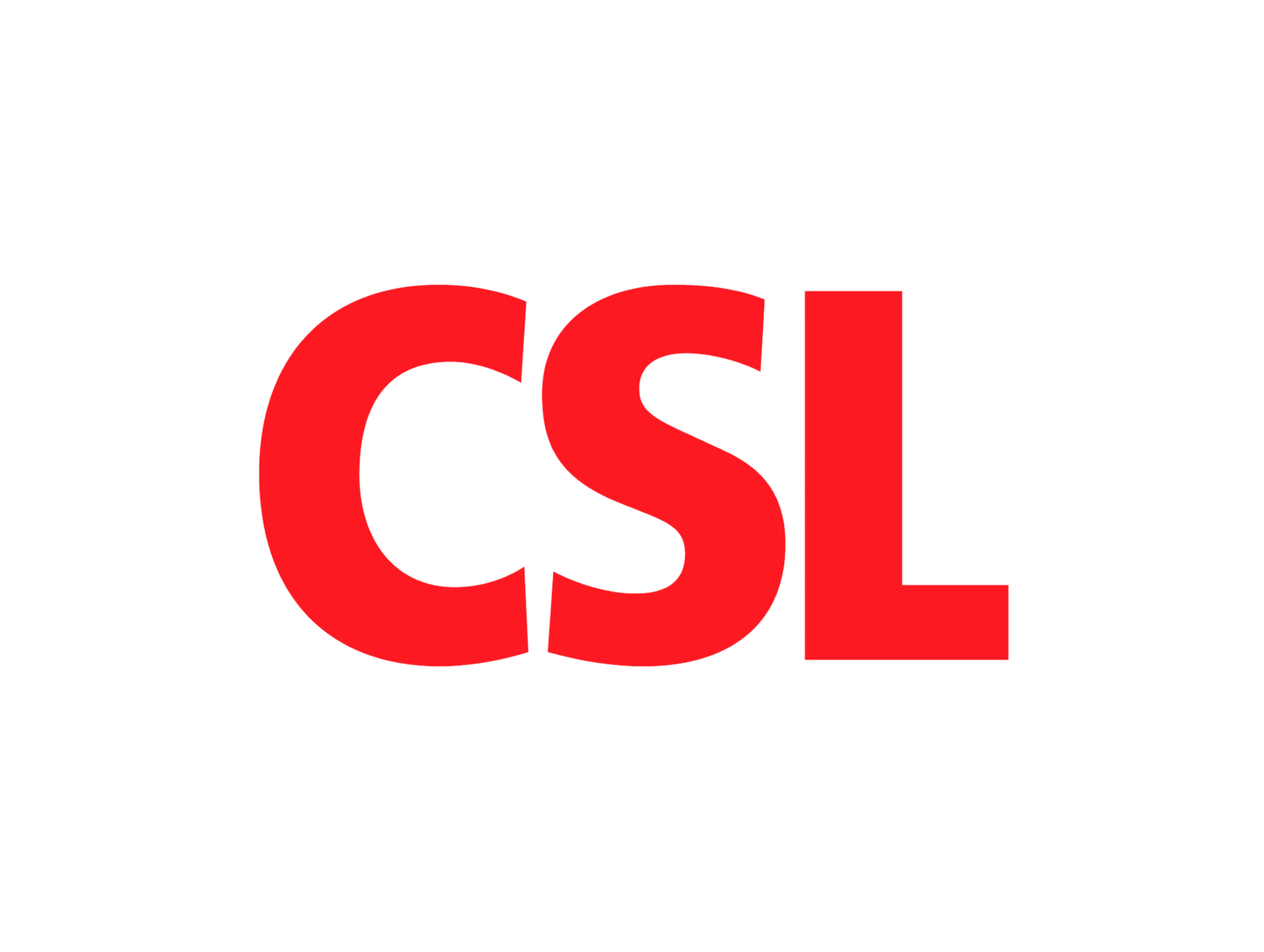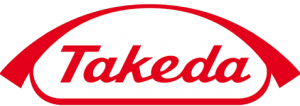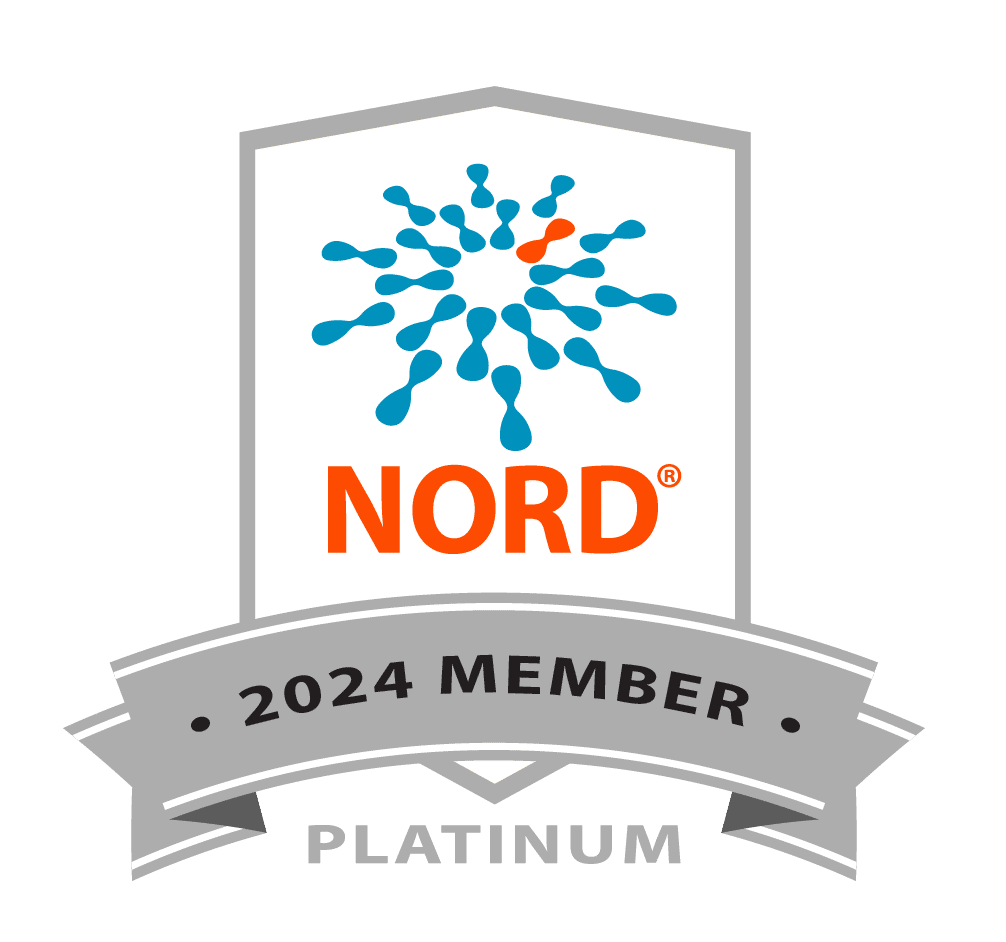The following is an article originally published by Genetic Engineering & Biotechnology News
In a major new development in the quest to develop better gene therapies for different diseases, researchers at the University of Massachusetts (UMass) Amherst and UMass Chan Medical School have mapped—with what they claim is unprecedented clarity—the expression and maturation of alpha-1 antitrypsin (AAT). The results, which detail the molecular folding of the AAT protein, will provide new insights for scientists looking to develop treatments for the genetic disorder alpha-1 antitrypsin deficiency, as well as for more effectively treating a wide range of genetic diseases.
“This project is the result of more than a decade of collaboration, and runs the gamut from lab-based basic science to the bedside,” said Daniel Hebert, PhD, professor of biochemistry and molecular biology at UMass Amherst and a co-author of the researchers’ published paper in PNAS, which is titled, “Secretion of functional α1-antitrypsin is cell type dependent: Implications for intramuscular delivery for gene therapy,” In their paper, the authors stated, “Overall, our study sheds light on a possible mechanism to enhance the efficacy of gene therapy approaches for AAT …”
There is an entire range of diseases, such as AAT deficiency, that arise when the body produces dysfunctional protein, at the genetic level. For example, production of defective AAT or inadequate amounts of AAT can cause serious lung and liver diseases. These diseases must be treated either by delivering the missing protein to the body, or, by enabling the body to make the missing protein for itself by introducing an intact copy of the correct protein-producing gene into the DNA of the correct cell type.
However, it is no easy task to teach the body to make a missing protein. The right protein-producing gene must be delivered into the body—typically via intramuscular injection—and reach the specific cells that will make that protein. The cells then need to start producing the designated protein, and in its correctly folded final shape.
“Protein expression in nonnative cell types is critical for successful gene therapy,” the investigators noted. “ … it is crucial to understand the maturation and trafficking of proteins in a range of host cells including muscle cells, a popular therapeutic target due to the ease of accessibility by intramuscular injection.” In the case of AAT, that correct folded conformation looks like a loaded mousetrap ready to be sprung. Finally, the correctly folded protein needs to make its way from the cell in which it was produced, to wherever in the body it is needed.
It’s an enormously complex series of problems, the solutions to which require the knowledge of a research team with expertise in molecular biology, cellular biology, protein folding, and gene therapy. Also essential are cutting-edge research facilities in which to conduct the work, such as the Models to Medicine Center at UMass Amherst’s Institute for Applied Life Sciences, which hosts the labs where much of the newly reported research was completed, with funding by the Alpha-1 Foundation and the National Institutes of Health.
The research starts with co-author Terence R. Flotte, PhD, the Celia and Isaac Haidak professor, executive deputy chancellor, provost, and dean of the T.H. Chan School of Medicine. It was Flotte, a pioneer in gene therapies, who developed a way to use AAV vectors as a vehicle to deliver gene therapies. “We have completed three clinical trials in which we inject AAV containing the normal version of the AAT gene into muscle to create a ‘sustained release’ of the protein in AAT deficient patients,” said Flotte. “But until now we did not understand how well the AAT protein was processed within the muscle at the biochemical level.”
In fact, not all of the body’s cells are capable of making all the proteins that the body needs. AAT is best made in the liver. But, since most injections are given in a muscle, such as the arm, the team needed to figure out how to get muscle cells to act more like liver cells in their production of AAT, and then how to get the AAT that is produced in the muscle to the lungs and liver where it is needed.
Hebert is an expert who can address these questions, and, confirmed that muscle cells are poor producers of AAT. Herbert helped to develop a technique that increases the secretion of AAT in muscle cells by about 50%, through the use of a proteostasis regulator called suberoylanilide hydroxamic acid, or SAHA. “It’s a way to get the muscles to do some of the liver’s work,” he explained. The authors further wrote, “Here, we explore the expression of α1-antitrypsin (AAT), a gene therapy target, in a variety of cell types and assess the ability of chemical methods to boost its expression … Myoblasts were the poorest of the cell types tested; however, secretion of active AAT was significantly augmented in myoblasts by treatment with the proteostasis regulator suberoylanilide hydroxamic acid, a histone deacetylase inhibitor.”
Another consideration is that a protein’s shape is crucial in determining how, or whether, that protein will work properly. The process of how a protein assumes a specific shape—called the protein-folding problem—has been the focus of co-author Lila Gierasch, PhD, distinguished professor in biochemistry and molecular biology at UMass Amherst, throughout her career.
“These protein molecules are absolutely fascinating,” said Gierasch. “They look like little mouse traps and they need to be metastable”—imagine a trap that you’ve just set and which is awaiting a mouse. “It’s a very special shape, and it has to be exactly right, or else the protein won’t function the way it should.”
Though the team has focused on AAT-deficiency as a case study, their work demonstrates how combinatorial treatments, which include both gene therapies and proteostasis regulators, can boost the efficacy of gene therapies, not only for AAT-deficiency, but also, more generally, for many genetic disorders. “Altogether, these results demonstrate that myoblasts and myotubes, although not optimal hosts for AAT production, can be enhanced using a possible combinatorial therapy including the proteostasis regulator SAHA,” the scientists commented. “The use of proteostasis regulators thus provides a potential strategy to optimize protein expression for a variety of therapeutics.”
“Our ultimate goal,” said Gierasch, “is to provide an easy shot that could cure a very difficult, potentially devastating genetic disorder. It takes a widely interdisciplinary team, with expertise gleaned both from the lab and by the patient’s side, to come up with an answer.”
In their paper, the authors also pointed out, “Ongoing studies in our group are focused on the analysis of the critical ER [endoplasmic reticulum] factors involved in AAT maturation and quality control and how the activities of these factors may be modulated to augment secretion for gene therapy or relax retention in the case of the overzealous retention of potentially active mutant variants.”











